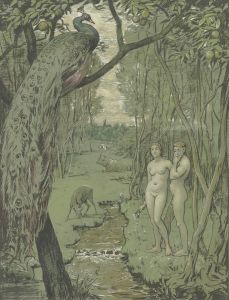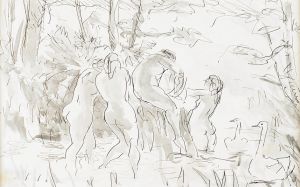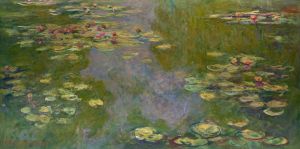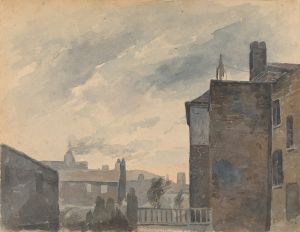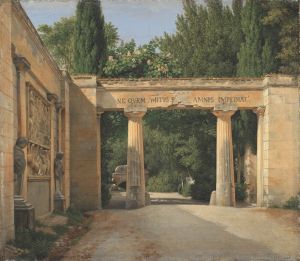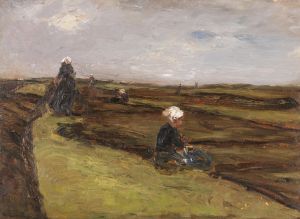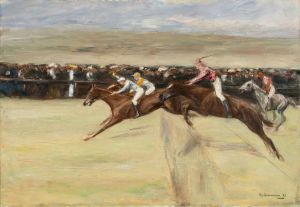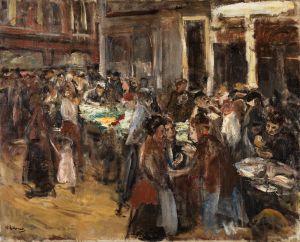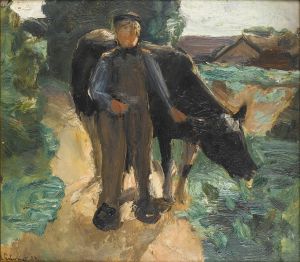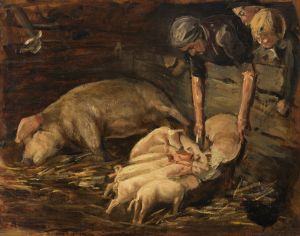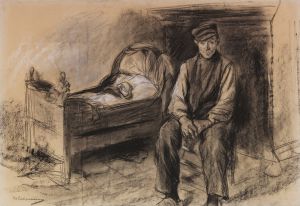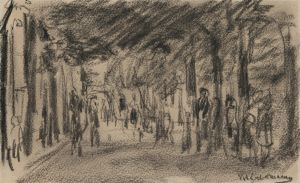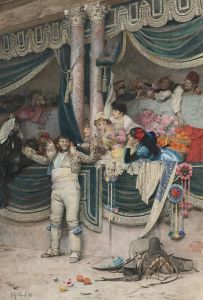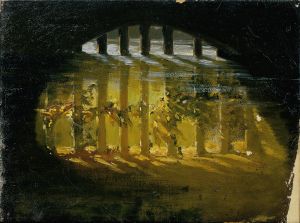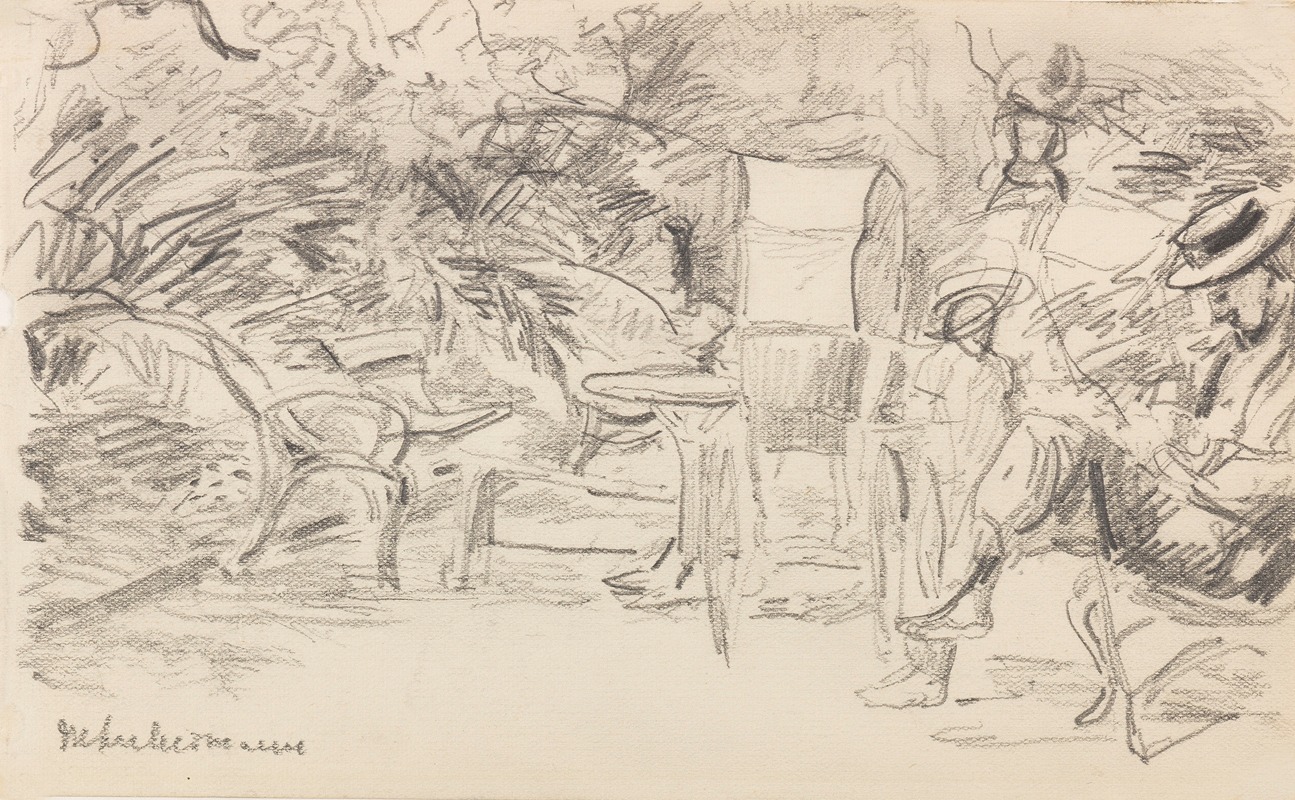
Im Garten
A hand-painted replica of Max Liebermann’s masterpiece Im Garten, meticulously crafted by professional artists to capture the true essence of the original. Each piece is created with museum-quality canvas and rare mineral pigments, carefully painted by experienced artists with delicate brushstrokes and rich, layered colors to perfectly recreate the texture of the original artwork. Unlike machine-printed reproductions, this hand-painted version brings the painting to life, infused with the artist’s emotions and skill in every stroke. Whether for personal collection or home decoration, it instantly elevates the artistic atmosphere of any space.
Max Liebermann was a prominent German painter and printmaker, associated with the Impressionist movement. Born in 1847 in Berlin, Liebermann became one of the leading figures in the German art scene during the late 19th and early 20th centuries. His work is characterized by a keen observation of everyday life and a masterful use of light and color, which are evident in his numerous paintings depicting gardens, leisure activities, and domestic scenes.
One of Liebermann's notable works is "Im Garten" (In the Garden), which exemplifies his Impressionist style and his interest in capturing the tranquility and beauty of garden settings. Although specific details about the creation date and the exact location depicted in "Im Garten" are not widely documented, the painting reflects Liebermann's broader thematic focus on outdoor scenes and his fascination with the interplay of light and shadow.
"Im Garten" showcases Liebermann's skillful use of loose brushwork and a vibrant color palette, which are hallmarks of Impressionism. The painting likely depicts a serene garden scene, possibly featuring figures engaged in leisurely activities, surrounded by lush greenery and dappled sunlight. This approach aligns with Liebermann's frequent exploration of bourgeois life and his ability to convey a sense of peace and relaxation through his art.
Throughout his career, Liebermann was influenced by his travels and interactions with other artists. He spent time in the Netherlands, where he was inspired by the works of Dutch masters such as Frans Hals and Rembrandt. This influence is evident in his attention to detail and his ability to capture the essence of his subjects with a sense of immediacy and vitality.
Liebermann's garden paintings, including "Im Garten," often reflect his personal connection to his own garden at his villa in Wannsee, near Berlin. This garden became a significant source of inspiration for him, and he frequently depicted it in various seasons and lighting conditions. These works are celebrated for their ability to evoke the sensory experience of being in a garden, with their rich textures and dynamic compositions.
As a leading figure in the Berlin Secession, an art movement that sought to break away from traditional academic art, Liebermann played a crucial role in promoting modern art in Germany. His work, including "Im Garten," contributed to the broader acceptance and appreciation of Impressionism in the country.
Max Liebermann's legacy as an artist is marked by his dedication to capturing the beauty of everyday life and his influence on subsequent generations of artists. "Im Garten" remains a testament to his artistic vision and his ability to transform simple garden scenes into profound expressions of light, color, and atmosphere. Through his work, Liebermann continues to be celebrated as a pioneer of modern art in Germany, and his paintings remain cherished for their timeless appeal and technical mastery.





